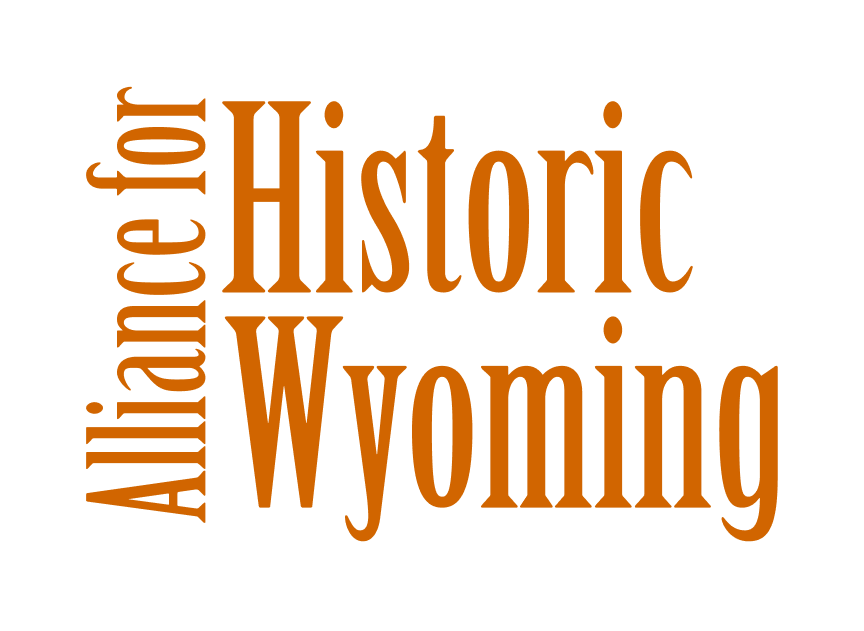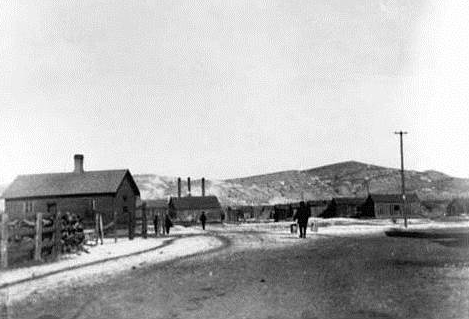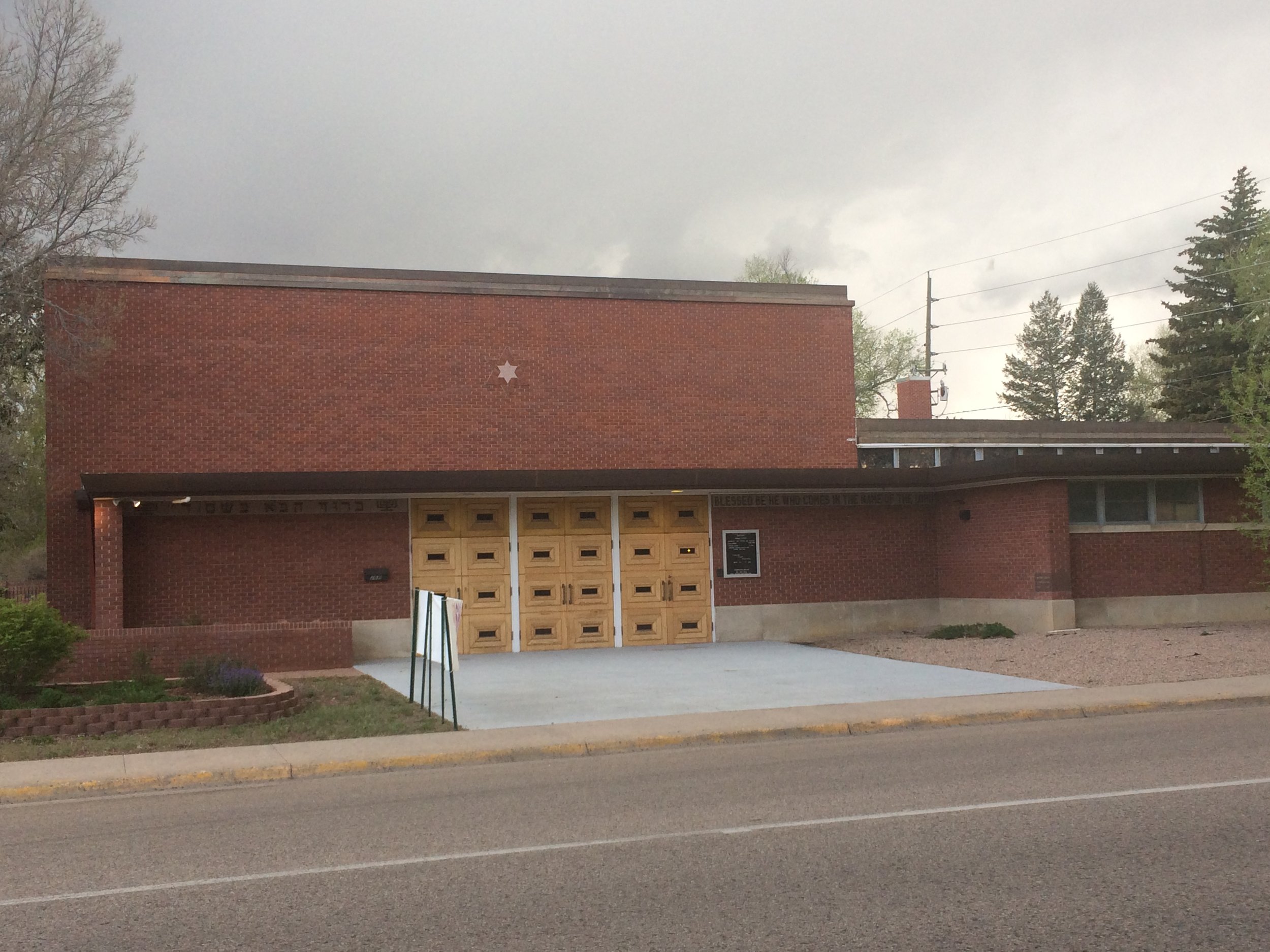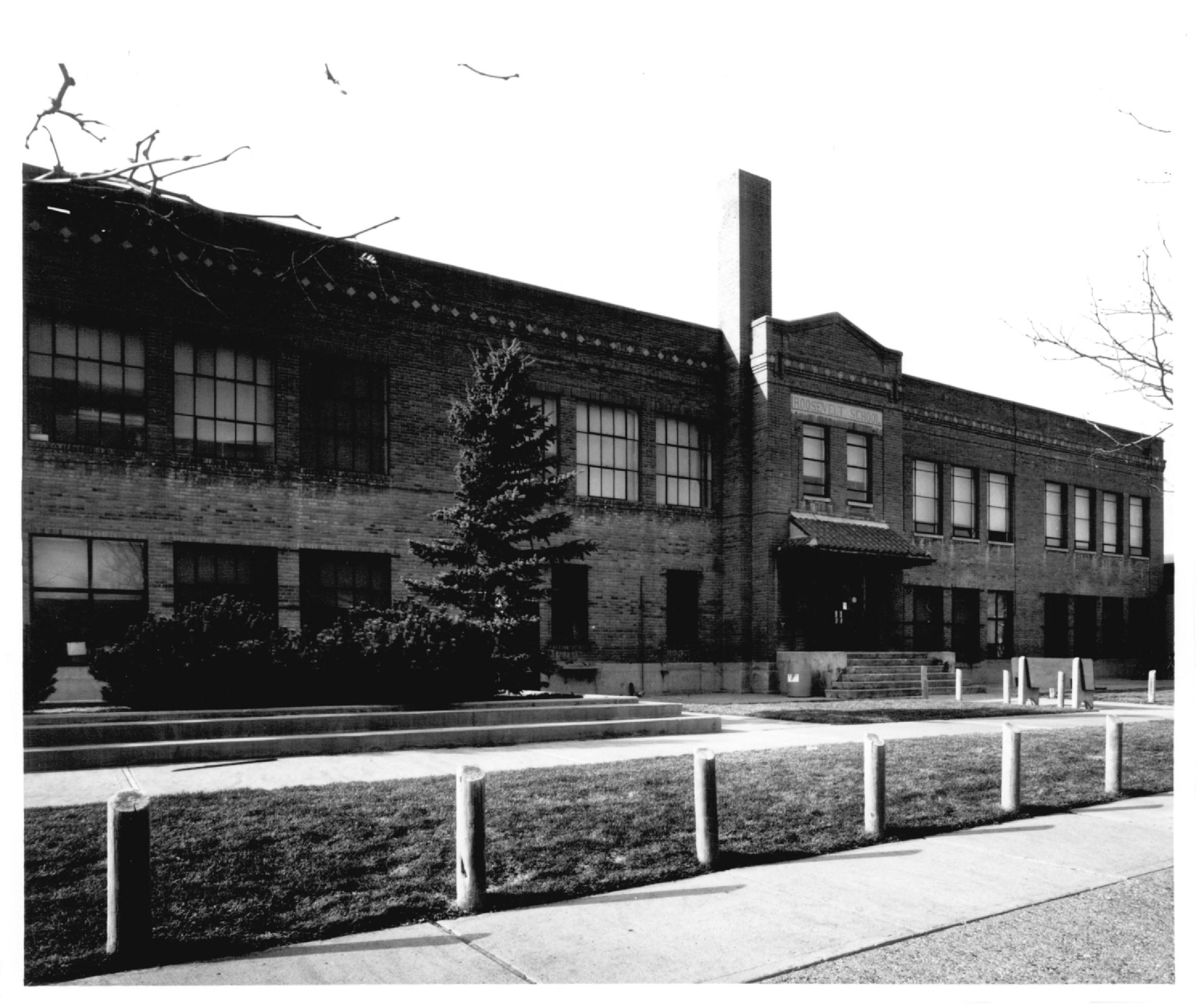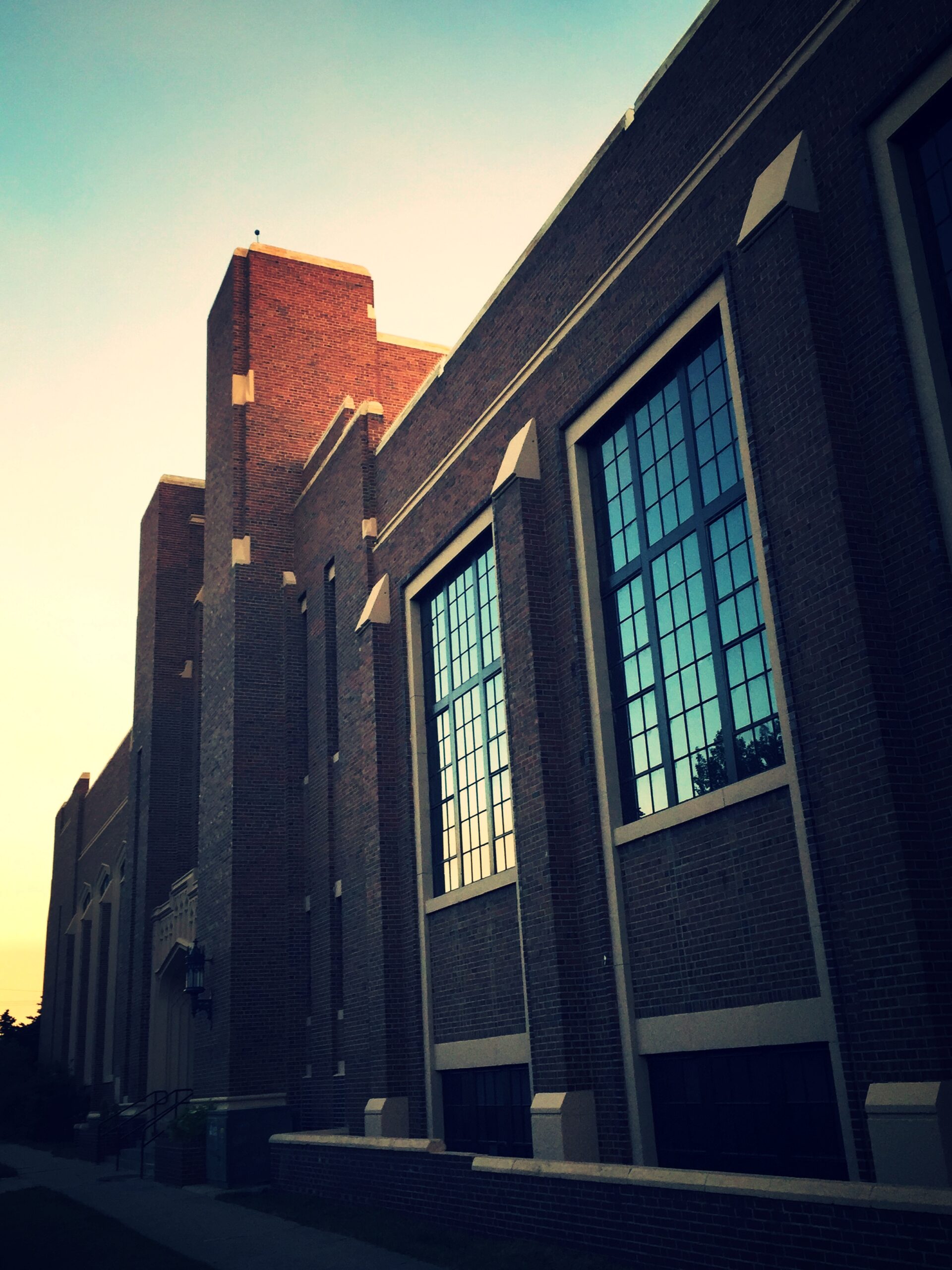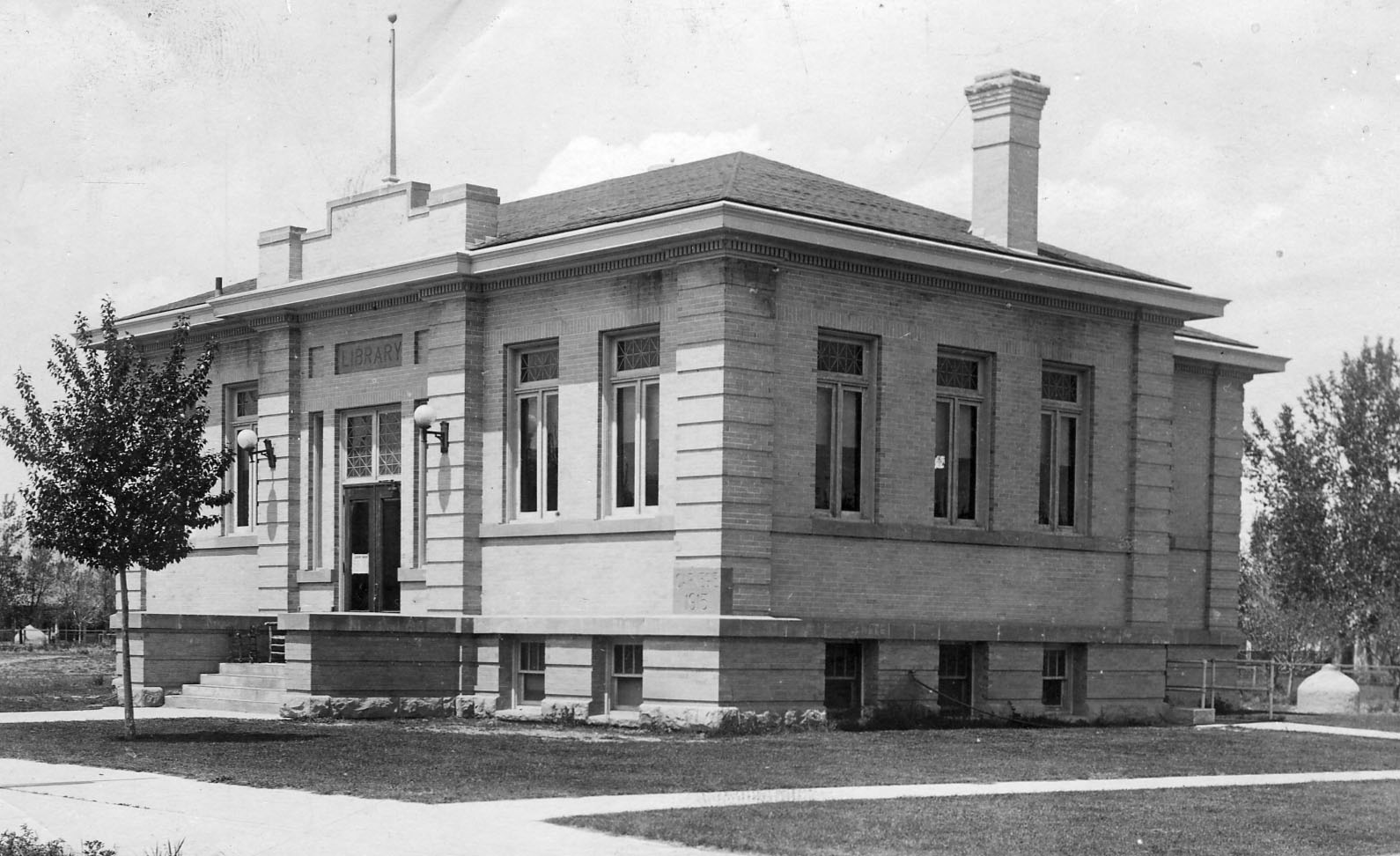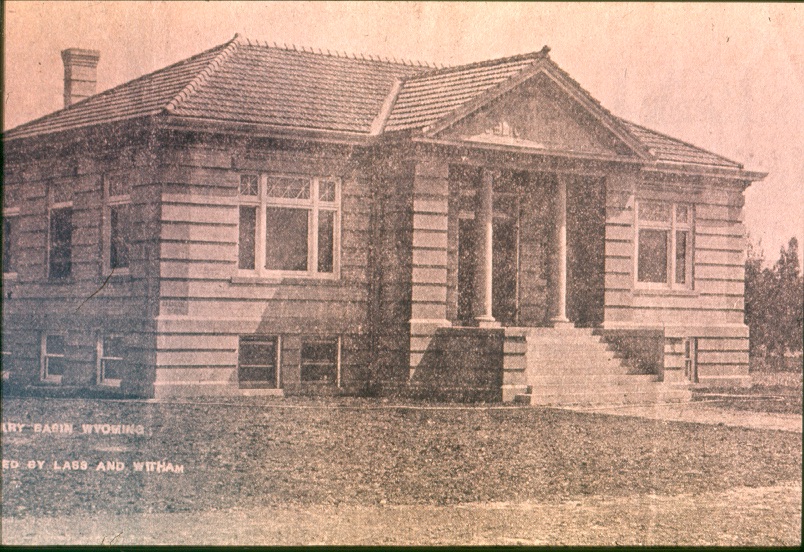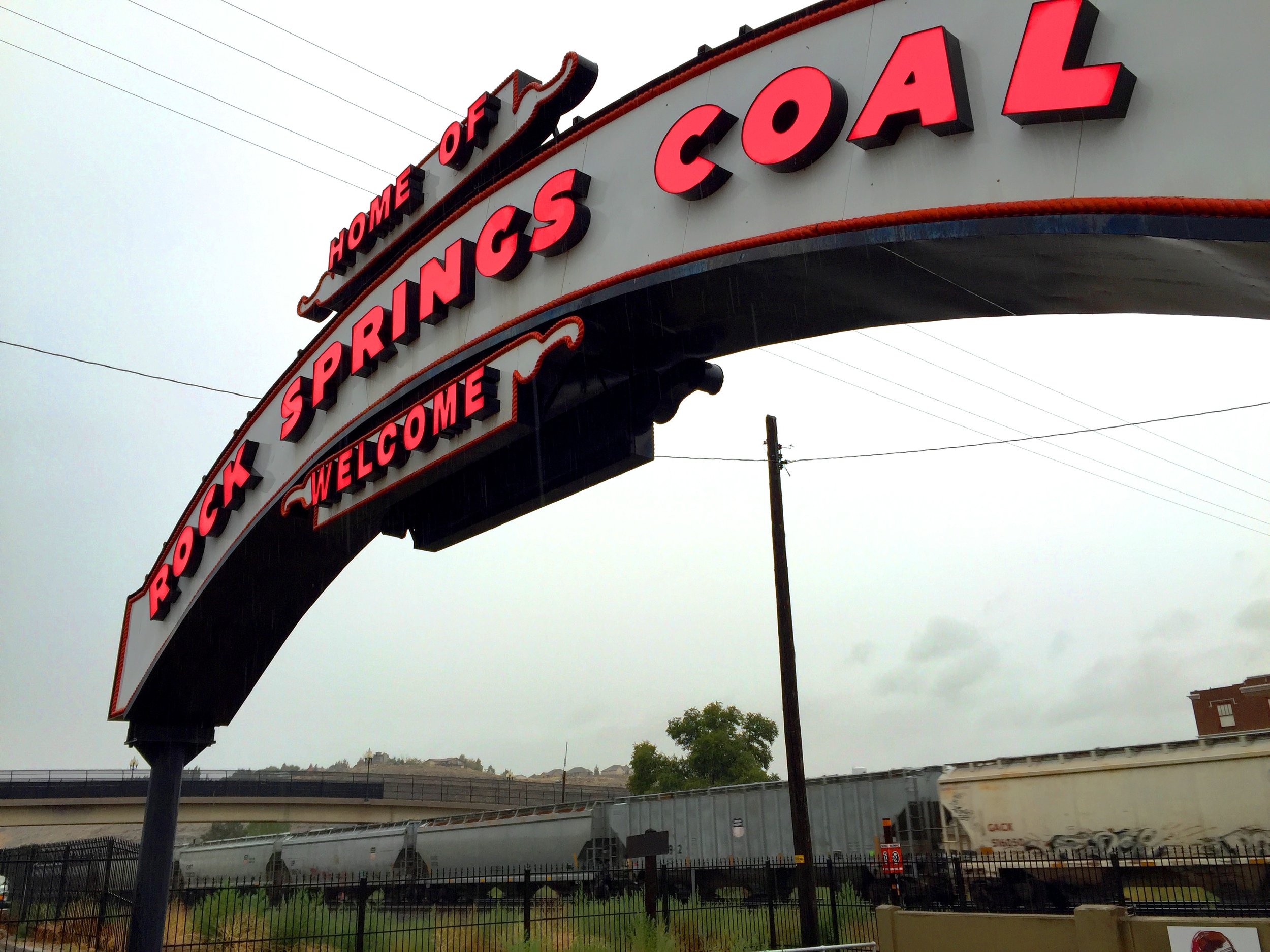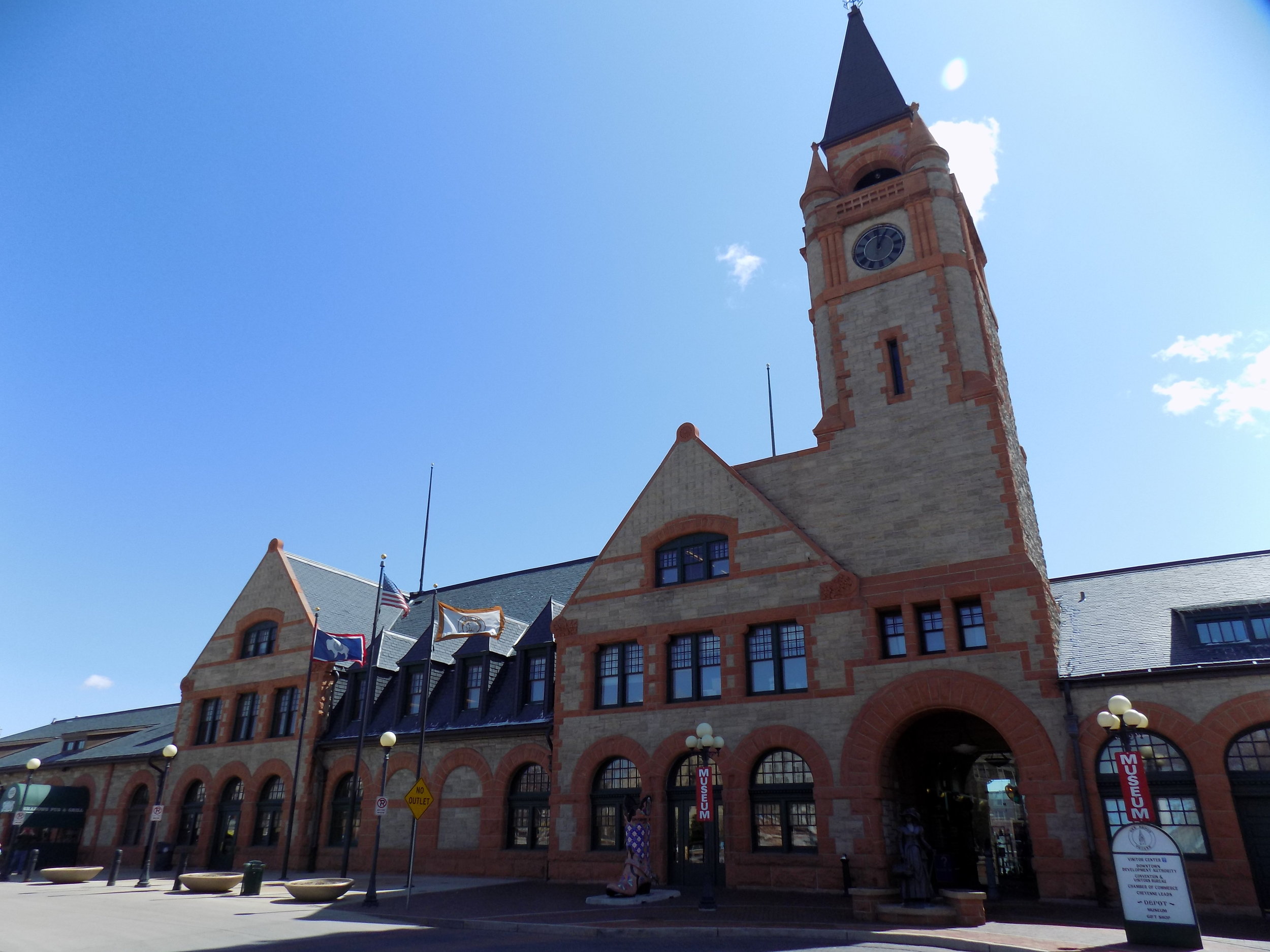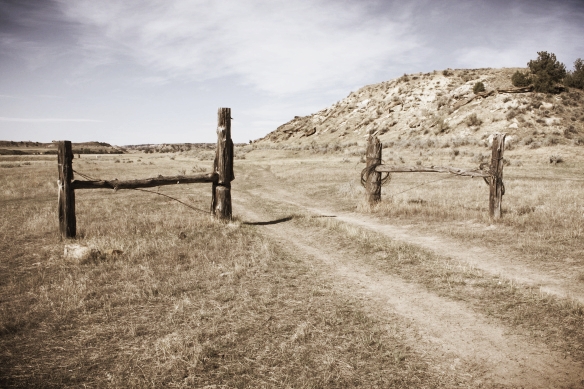Hynds Lodge, built by Cheyenne businessman Harry P. Hynds in 1922 for $25,000, was constructed as a lodge at the recreation camp for the Boy Scouts of America. Hynds came to Cheyenne in 1882 and worked as a blacksmith for the Cheyenne-Deadwood Stage Line before acquiring several gambling saloons and making a fortune.

